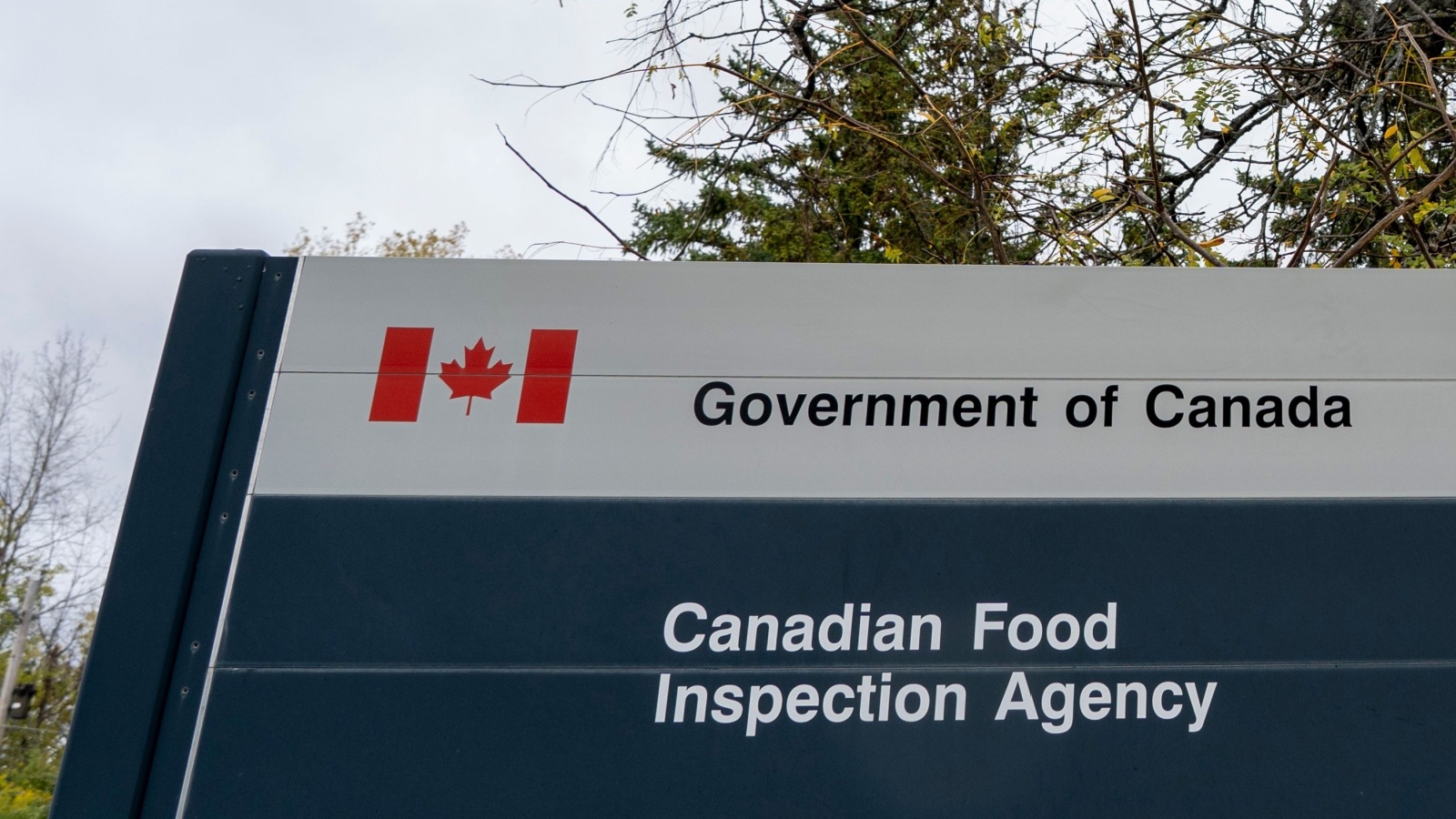Some choices take years to reveal their full value, and several national decisions have shown their strength with time. Canada has made choices in policy, infrastructure, science, culture, and economic direction that looked uncertain in the moment but eventually proved their worth. Each of these decisions improved stability, strengthened resilience, or created long-term advantages that became clearer as global conditions shifted. Here are 25 Canadian decisions that aged perfectly.
Creating a Public Healthcare System

Establishing a universal public healthcare system required intense cooperation across provinces, significant investment, and political courage during a time of divided opinions. What seemed financially risky at the time matured into one of the most dependable pillars of public life. The long-term result is a population that receives essential care without the fear of personal bankruptcy, and a health system that maintains broad access even during global uncertainty. As other countries deal with rising private medical costs, this decision stands out as a stabilizing force that supports public health, improves workforce productivity, and keeps preventable illnesses from escalating.
Introducing the Charter of Rights and Freedoms

Adopting the Charter reshaped national governance by putting individual rights at the center of legal interpretation. At first, some feared it would create excessive court involvement in public policy, but its long-term benefits became clear. It strengthened consistency in legal decisions, protected minority communities, and created a reliable framework for personal freedom. Over time, the Charter became a foundational reference in public debates, education, and civic understanding. It helped establish a culture in which citizens expect equal treatment under the law, and it remains one of the most widely respected and internationally referenced constitutional documents today.
Establishing a Strong Banking Regulatory Framework

Building strict financial regulations was not universally popular, especially during periods when other countries relaxed their rules to encourage rapid growth. Over time, the cautious approach proved effective, particularly during economic downturns. The stability of major financial institutions helped shield the public from large-scale bank failures and extreme volatility. This decision also created a reputation for trustworthiness that attracts global investors. While other systems dealt with collapses, the regulated environment maintained confidence, protected savings, and supported consistent lending practices. It is now recognized as one of the most important decisions behind the country’s economic resilience.
Investing Early in Multiculturalism Policy

Adopting multiculturalism as official policy created a framework that welcomed diverse communities and encouraged cultural expression. While some questioned whether this approach would lead to division, its long-term impact turned out to be overwhelmingly positive. It helped newcomers integrate more smoothly, strengthened social cohesion, and contributed to a globally attractive national identity. The policy also supported economic growth by drawing skilled workers from around the world. As other countries struggled with polarization related to cultural differences, this early decision demonstrated the benefits of structured inclusion.
Prioritizing Peacekeeping and Global Mediation Roles

Choosing to invest in peacekeeping and diplomatic mediation placed the country in a respected global position. At times, critics argued that these roles lacked immediate strategic benefits, but they ultimately enhanced international standing and built long-term partnerships. This decision helped shape a reputation for reliability, fairness, and constructive engagement in international conflicts. It also created opportunities for collaboration in development projects, humanitarian missions, and multilateral agreements. Over the years, this approach supported global stability efforts while offering the country influence that extended beyond economic or military weight.
Creating Provincial Immigration Nominee Programs

Allowing provinces to select newcomers based on regional needs was an innovative policy that initially raised questions about administrative complexity. With time, these programs proved highly effective at directing skilled workers to communities that needed them. They helped fill labour shortages, supported economic growth in smaller centres, and offered newcomers a clearer path to integration. The flexibility of the system allowed provinces to tailor criteria to local industries, improving alignment between immigration and economic development. This decision significantly strengthened the long-term sustainability of regional economies and remains a key factor in balancing demographic challenges.
Expanding the National Park System

Protecting large areas of natural land was a bold choice that required limiting resource development in certain regions. While the opportunity costs were debated, the long-term benefits became clear as environmental pressures increased worldwide. The park system preserved ecosystems, maintained biodiversity, and created tourism opportunities that continue to support local economies. These protected areas also serve as research sites for climate scientists and conservation experts. As other regions faced losses in natural habitats, the decision to safeguard expansive landscapes proved exceptionally valuable.
Introducing the Goods and Services Tax (GST)

Implementing the GST was politically difficult and highly unpopular, yet it created a more transparent and stable revenue system. Over time, it simplified taxation, broadened the tax base, and improved long-term fiscal planning. Successive governments benefited from this structure, which allowed for better budgeting during both economic growth and downturns. The GST also aligned the tax system with international standards, making trade and business operations more consistent across borders. Although controversial at the time, it ultimately strengthened national finances and provided a predictable revenue source that supports essential public programs today.
Building Large-Scale Public Transit Networks

Decisions to invest in major transit infrastructure often faced criticism due to the high upfront cost, but these projects matured into essential components of urban life. Over time, they reduced congestion, lowered emissions, and supported economic activity by connecting workers to employment centres. Transit expansion also increased housing flexibility by making more neighborhoods accessible. As cities grew, these early choices prevented transportation systems from becoming overwhelmed. The long-term value shows clearly today, as other regions struggle with gridlock due to delayed investment. These networks now stand as examples of practical planning and sustainable urban development.
Supporting Bilingual Education Programs

Expanding bilingual education created opportunities for students across the country, even though it required significant resources and staff training. Critics once questioned whether the investment was necessary outside specific regions, but its value grew in an increasingly interconnected world. Students who learned multiple languages gained advantages in government, diplomacy, and international business. The programs also supported cultural understanding and improved national cohesion. Over the years, bilingual graduates contributed to a more adaptable workforce, and the system continues to play a role in shaping an informed, linguistically capable generation prepared for global opportunities.
Strengthening Food Safety Regulations

Choosing to implement strict food safety standards resulted in higher operational requirements for producers and processors, but the long-term benefits outweighed the challenges. These regulations reduced the risk of contamination, protected public health, and helped maintain trust in the food supply. Over time, they also increased the competitiveness of national products abroad, as exporters gained recognition for consistent safety practices. This decision provided a framework that supported both consumer confidence and international market access. As global food systems faced periodic crises, the early investment in high standards proved to be a wise and stabilizing choice.
Establishing a National Pension Plan

Creating a national pension system required substantial coordination between federal and provincial governments, but it provided long-term security for retirees. Over the years, the plan became a dependable source of income for millions, reducing senior poverty and stabilizing household finances. Investments managed through the pension fund also contributed to economic growth. As life expectancy increased, the value of this early decision became even clearer. It allowed retirees to maintain purchasing power, reduced pressure on family members, and helped the economy by supporting predictable spending patterns among older citizens.
Investing in Early Internet Infrastructure

Committing to technological infrastructure before the digital economy took shape required foresight. The decision to expand connectivity in the early stages allowed businesses, schools, and research institutions to adapt quickly to technological change. Over the years, it supported innovation clusters in various regions and attracted tech entrepreneurs. When remote work and online learning became essential, the earlier investments made the transition more manageable. While other places rushed to update outdated systems, the country benefited from stable networks that supported both urban and rural communities. This decision continues to pay off in economic and educational resilience.
Expanding Renewable Energy Research

Funding research into renewable energy appeared ambitious at a time when fossil fuels dominated global markets. However, the long-term return on this investment became evident as the world shifted toward cleaner options. Research institutions, public agencies, and private companies formed partnerships that advanced technology in wind, solar, and hydroelectric power. These developments supported new industries, created skilled jobs, and helped reduce emissions. As demand for sustainable solutions increased, early leadership in this area positioned the country as a reliable contributor to global energy innovation. The decision now stands as a forward-looking commitment to environmental responsibility.
Supporting Public Broadcasting

Choosing to invest in public broadcasting created a platform for culturally diverse storytelling, regional reporting, and educational programming. At the time, some doubted whether a publicly funded broadcaster could remain relevant, but it successfully adapted to changing media landscapes. Over the years, public broadcasting has provided reliable information during national emergencies, strengthened cultural expression, and given smaller communities a voice. It also produced acclaimed documentaries and entertainment that shaped shared understanding across the country. As misinformation grew globally, the decision to maintain a stable public broadcaster proved invaluable for trust, accuracy, and civic engagement.
Developing Strong Land-Use Planning Policies

Adopting comprehensive land-use planning required coordination among municipalities, environmental groups, and industry stakeholders. Though the process added layers of regulation, it prevented uncontrolled development and protected valuable agricultural land. Over time, these policies shaped more sustainable urban growth and ensured access to green spaces. They also reduced long-term infrastructure costs by guiding development toward areas where services already existed. As global cities dealt with the consequences of unchecked expansion, the decision to implement structured planning proved to be a thoughtful step that balanced environmental protection with economic development.
Creating the National Research Council’s Innovation Programs

Supporting large-scale public research initiatives allowed scientists and engineers to collaborate on long-term projects. At first, funding commitments appeared risky, but they led to breakthroughs in technology, aerospace, and medical research. Partnerships between universities, businesses, and government agencies produced innovations that strengthened national competitiveness. The long-term impact included new industries, improved manufacturing capacity, and advancements in health sciences. This decision positioned the country as a leader in applied research and allowed it to contribute meaningfully to global scientific progress.
Implementing Strict Environmental Protection Laws

Introducing strong environmental laws often faced resistance from industries concerned about cost and productivity. However, the long-term outcomes proved beneficial both economically and ecologically. Cleaner air, safer water, and protected ecosystems supported public health and tourism. These laws also encouraged companies to adopt sustainable practices that later became global expectations. As the world shifted toward environmentally responsible production, early adoption of higher standards prepared businesses to compete internationally. The decision demonstrated that environmental responsibility and economic strength can align effectively when regulations are applied consistently.
Investing in Arctic Research and Sovereignty Projects

Prioritizing Arctic research and infrastructure required significant resources due to the region’s challenging conditions. The decision supported long-term sovereignty, environmental monitoring, and community development for northern populations. Scientific research stations allowed experts to study climate patterns, wildlife, and ocean changes with precision. As global interest in the Arctic increased, early investments helped secure strategic positioning. The projects also strengthened partnerships with Indigenous communities by incorporating traditional knowledge.
Building Public Universities with Strong Research Funding

Expanding public universities and supporting research programs created long-term benefits for students, industries, and regional economies. Although funding demands were high, the investments produced skilled graduates who contributed across sectors. Research conducted at these institutions drove innovation in health care, engineering, technology, and environmental science. Over time, universities became hubs for international collaboration and attracted global talent. This decision strengthened the knowledge economy, supported job creation, and enhanced global competitiveness. The long-term advantages continue to influence economic growth and scientific advancement.
Strengthening Consumer Protection Laws

Implementing strong rules for consumer rights required coordination with businesses and federal regulators. These protections ensured fair practices in advertising, warranties, credit agreements, and product safety. Though companies initially expressed concerns about compliance costs, the long-term effect was a more transparent market. Consumers gained confidence in financial transactions and product reliability. Over time, these laws reduced fraud, supported healthy competition, and protected vulnerable individuals from unfair practices. The decision contributed to a marketplace grounded in trust and accountability, benefiting both businesses and the public.
Supporting Nationwide Vaccination Programs

Choosing to invest heavily in vaccination programs required logistical planning, public education, and ongoing funding. Over time, these efforts dramatically reduced the spread of preventable diseases and strengthened public health. The programs created community protection, lowered long-term medical costs, and ensured that vulnerable populations received essential care. As outbreaks appeared globally, strong vaccination frameworks allowed the country to respond quickly. The decision proved its value through improved health outcomes, increased life expectancy, and greater resilience during public health challenges.
Expanding Trade Agreements with a Diverse Set of Partners

Pursuing diverse trade agreements required complex negotiations and adjustments for exporters and importers. However, the long-term strategy reduced reliance on any single market and opened opportunities for various industries. Businesses gained access to new consumers, and supply chains became more resilient. The agreements also encouraged innovation by exposing companies to global competition. Over time, this decision supported economic stability, increased export diversity, and strengthened international relationships. It demonstrated the benefits of a broad trade strategy that adapts to shifting global conditions.
Improving Access to Post-Secondary Financial Aid

Expanding financial aid programs made higher education more accessible, even though it required significant public investment. Over time, the decision increased the number of graduates entering the workforce and helped reduce barriers for lower-income families. The availability of grants, loans, and scholarships created opportunities that produced long-term economic benefits. A more educated population supported innovation, productivity, and community development. This decision proved valuable as job markets increasingly demanded higher skill levels and specialized knowledge.
Investing in Major Scientific Agencies such as the Canadian Space Agency

Supporting national scientific agencies required substantial funding but produced long-lasting benefits that extended across industries. The space agency advanced satellite technology, climate research, robotics, and remote-sensing systems. Partnerships with global space programs elevated national scientific standing and opened opportunities for local companies in aerospace and engineering. This decision contributed to telecommunications development, environmental monitoring, and international collaboration. Over the years, the investment demonstrated its value by strengthening innovation capacity and creating technologies used in everyday life.
21 Products Canadians Should Stockpile Before Tariffs Hit

If trade tensions escalate between Canada and the U.S., everyday essentials can suddenly disappear or skyrocket in price. Products like pantry basics and tech must-haves that depend on are deeply tied to cross-border supply chains and are likely to face various kinds of disruptions
21 Products Canadians Should Stockpile Before Tariffs Hit
